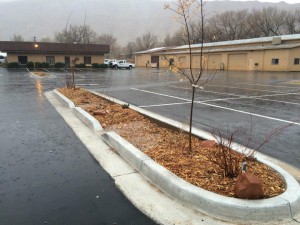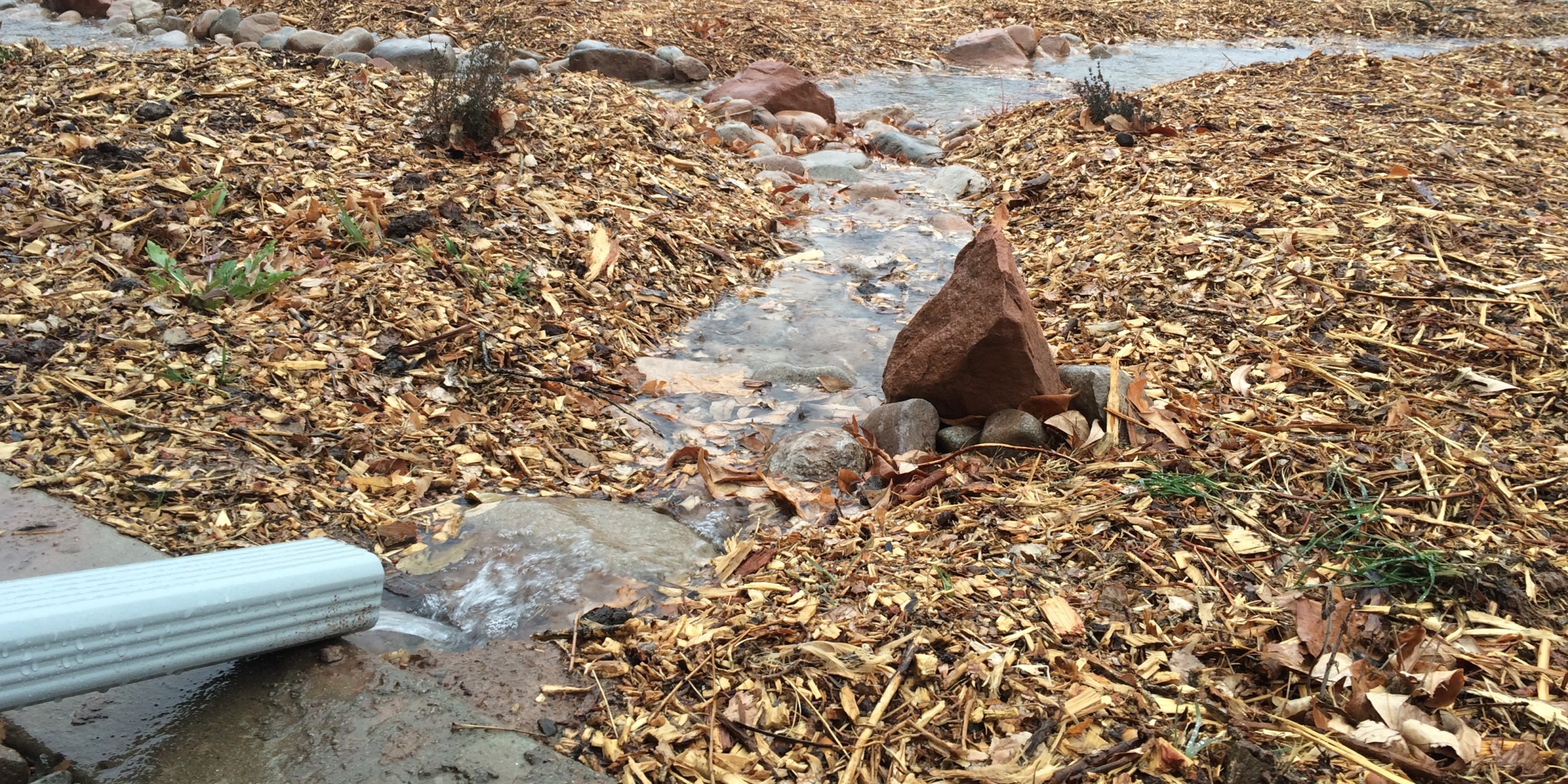 Water Conservation seeks to understand and address the complex interactions between available water resources and human usage. When the phrase is used, often what comes to mind is the image of a pristine mountain lake, a clear stream or a vast blue ocean. Less common do we think of a sandstone aquifer, a flushing toilet or a cistern filled with rainwater. Yet, all are connected through the water cycle. The heart of any conservation effort is an attempt to educate and in doing so to adapt human communities more adequately to resource planning and management.
Water Conservation seeks to understand and address the complex interactions between available water resources and human usage. When the phrase is used, often what comes to mind is the image of a pristine mountain lake, a clear stream or a vast blue ocean. Less common do we think of a sandstone aquifer, a flushing toilet or a cistern filled with rainwater. Yet, all are connected through the water cycle. The heart of any conservation effort is an attempt to educate and in doing so to adapt human communities more adequately to resource planning and management.
Greywater is wastewater produced by hand sinks, showers, baths and washing machines which may be effectively harvested for secondary use, such as irrigation needs or flushing toilets. Greywater is distinguished from Blackwater (kitchen sinks and toilets) and Clearwater (AC or Evaporative Cooler condensate). Though all three types of water have their appropriate secondary use, Greywater is exceptionally valuable for its ability to offset potable water use while serving as a teaching tool on human habits of consumption.
Rainwater Harvesting is the on-site management of rainwater and stormwater run-off for beneficial use. Practices are universally applicable, from a quarter-acre urban lot to a 600-acre rural farm. Strategies for rainwater harvesting vary by region, but all share the purpose of hydrating local landscapes, especially where human development has led to increased run-off and dehydration of the soil.
Water-harvesting earthworks are landscape features designed to direct and capture the flow of water in order to maximize infiltration into the soil. Think: Slow, Spread, Sink. Earthwork strategies include: basins, berms, swales and terraces. Such features seek to mimic the natural meander of water in riparian areas, while creating unique micro-climates for plant and animal life.
Water-wise irrigation deals with the distribution end of water management by posing the question: How do we best manage water as a resource when designing systems to grow food and other plants? The common example is the comparison between drip-line irrigation and above-ground sprinklers in climates with high evaporative loss. It is up to us to adapt our systems to existing environmental conditions.
Green Infrastructure for Stormwater Management
As stated by the US EPA, “green infrastructure is a cost-effective, resilient approach to managing wet weather impacts that provides many community benefits. While single-purpose gray stormwater infrastructure—conventional piped drainage and water treatment systems—is designed to move urban stormwater away from the built environment, green infrastructure reduces and treats stormwater at its source while delivering environmental, social, and economic benefits.”

